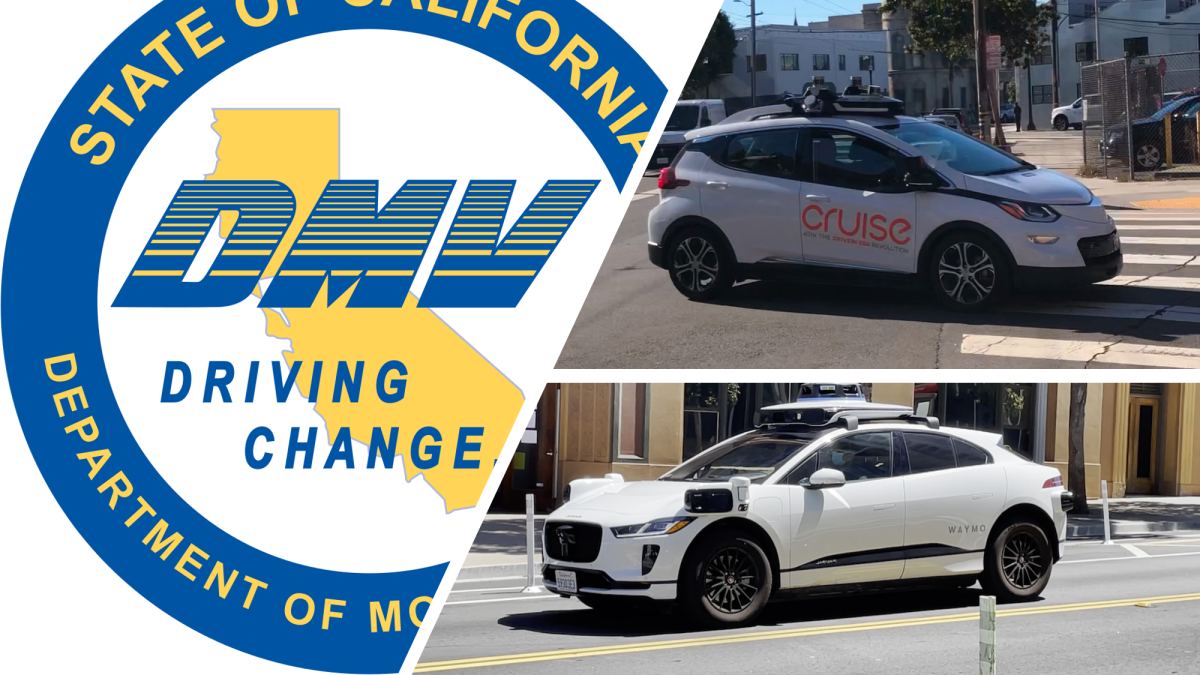Is there any difference between a design intent, and something that has been intentionally designed?
Design intent is what you plan for the system to do. Intentionally designed would refer more specifically to the effort you put into making the system do something.
Ex: design intent is L4 because you plan for the system to be L4 and you have a design on paper to do L4. Intentionally designed would refer to all the work you do to make the system reach L4.
Because I don't know what else to call Waymo entering a minimal risk condition upon detecting fog. Either the programmers of Waymo intentionally designed the system to cease the driving task when fog is detected, or it happened unintentionally. I don't think it happened unintentionally, so the system was designed to not operate in fog. By extension, fog should not be included as a part of Waymo's ODD, but they have explicitly included it.
I think you are missing the reliability part. A system can be designed to work in a given ODD. That does not automatically mean that it works 100% of the time. Waymo includes fog in the ODD because it is designed to work in fog and has been tested to work in fog with sufficient reliability. So maybe Waymo handles fog safely 99% of the time. The other 1% of the time, it enters a MRC. What you saw in the video when it entered a MRC was that instance when the Waymo decided it could not safely proceed but there are plenty of other instances where Waymo handles fog just fine. Waymo does not enter MRC every single time it enters fog, only in certain cases.
Put simply, if you design your system to handle a given ODD and it works reliably enough, you might decide that is good enough to include in the ODD. It is up to the manufacturer to decide if the AV is reliable enough and safe enough in a given ODD to include it or not. Waymo includes fog in the ODD because they deem it is safe enough in fog.
This use of "design intent" is more coming across as "design aspiration" instead. Aspirationally, Waymo wants their system to be able to drive in all inclement weather. But by virtue of how they have designed the system as it actually exists, they have intended the system to cease the driving task and enter the minimal risk condition upon detecting it.
No, it is not about aspiration at all. Waymo designed the system to work in a given ODD and they tested that it works in that ODD with acceptable reliability and safety. That is why they include that ODD because the system has been tested to work reliably enough.
Remember there was a time when fog was not in the ODD because Waymo could not handle fog reliably. Waymo added fog to the ODD after they improved the system and tested it in fog, and deemed that it now does handle fog reliably enough.
Again, Waymo does not enter MRC every time it detects fog. It is not designed to automatically reach MRC when it detects fog. It only reaches MRC if the particular fog conditions warrant a MRC. So most of the time, Waymo will handle fog just fine. It only enters MRC if a particular fog condition happens to warrant a MRC.
To reiterate:
- You design the system to work in a given ODD
- You test the system that it works reliably in that ODD.
- If the reliability is good enough, you include it in the ODD.
- You design the system to reach MRC if the conditions warrant it.
- The system can work reliably in a given ODD and still reach MRC in rare occasions because of a specific case.
For example: the AV is designed to work in fog. It works reliably 99% of the time in fog. So 99% of the time, it does not need to reach MRC in fog and can drive in fog just fine. But in one instance, maybe it happens to encounter super dense fog then it reaches MRC in that given case.
It reaches MRC because of that specific case where the fog was too dense not because it can't handle fog at all.



